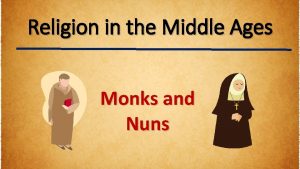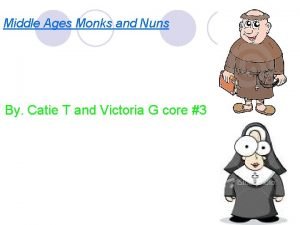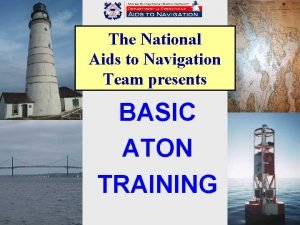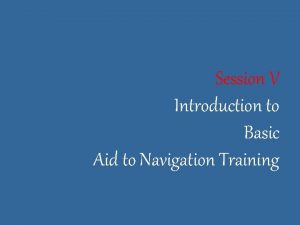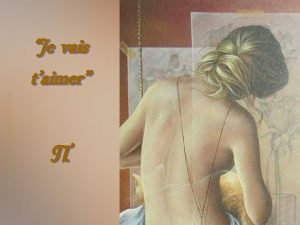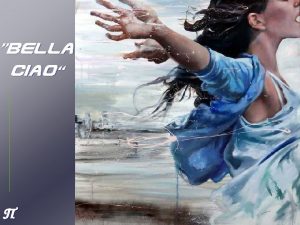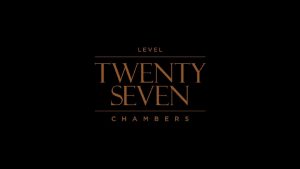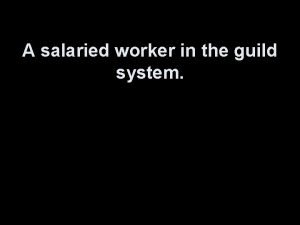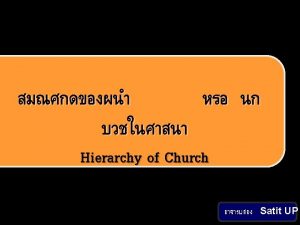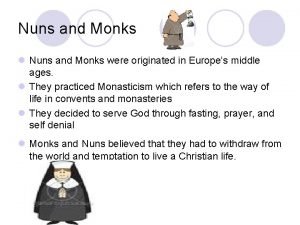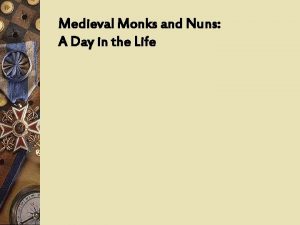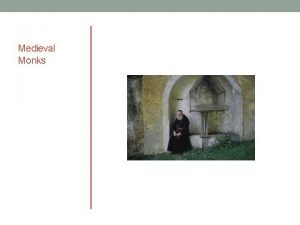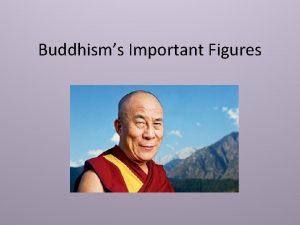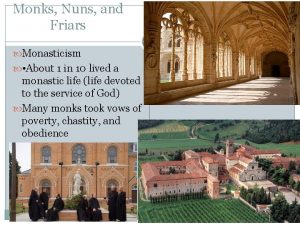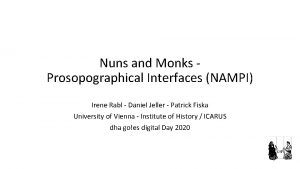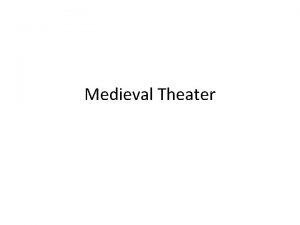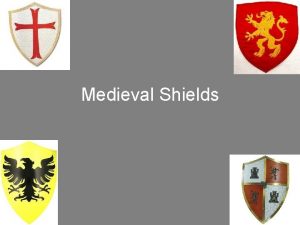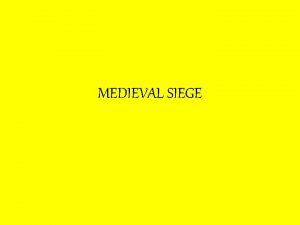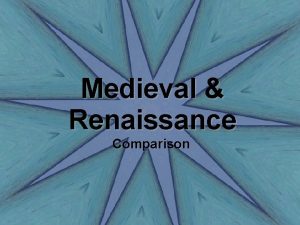Monks in the medieval England Monk and Nuns















- Slides: 15

Monks in the medieval England

Monk and Nuns • Some people did more than just go to church on a Sunday. They wanted to give their whole lives to worshipping God. • These people were called monks (who were men) and nuns (who were women). • There are still monks and nuns today, but not so many as there were in the Middle Ages. • Monks and nuns lived together in communities. These were housed in large, and often grand, buildings called monasteries, abbeys or convents.

Monasteries • Some monasteries were huge. Their churches were just as impressive as the cathedrals, full of statues, stained glass and paintings. • But they were not only places for the monks or nuns to live, but where they could offer other help to people living nearby. • Let’s look at a drawing of a monastery

What did monasteries look like? Refectory

Why were monasteries important to their local communities? • Treating the sick • Providing shelter for travellers and the homeless • Providing food for the poor • Providing education • Providing work for servants, tailors, craftspeople, laundry workers etc. • Saying masses for the dead

This map shows all the important monasteries and nunneries in England up to the time of Henry VIII. What does it tell you about the importance of monasteries and nunneries in the Middle Ages?

So how would someone become a monk? • In the Middle Ages, a boy might go into a monastery (the place where monks live) when they were just 7 years old. • At first he would be called a novice, which meant that he was learning to be a monk. • He would learn to sing and to read and write Latin. • He might also learn a special skill, so that he could work in the monastery.

What did Monks Look Like? Tonsure: the hair was cut like this to represent Christ’s crown of thorns Cowl: this was a hood Habit: These were Girdle: Monks wore a simple belt on which usually hung a cross simple robes made of rough cloth which irritated the skin and reminded them of Christ’s suffering Sandals: These simple shoes reminded them to be humble like Christ ? Why did Monks wear simple clothes?

What did the Monks do? The Monks did a lot of good work: They looked after the sick, as there were no hospitals. They gave shelter to travellers and helped the poor They taught reading and writing

Becoming a Monk One of the first things that would happen to a novice would be that his hair was cut short and the top of his hair was shaved off – this showed that he was training to be a monk. When he was 16 he could become a monk, but first he had to promise three things: 1. Never to own anything 2. Never to marry 3. To obey the head monk, called the Abbot

Clothing • A monk’s clothes were very simple. Typically, they would include: – A long robe (habit) with a hood – these could be black, grey, brown or white, depending on which monastery you had joined – A simple leather belt (girdle) – Leather sandals • These clothes were similar to ones that peasants would wear.

A hard life • Being a monk was not an easy option. Monks could not own even a handkerchief of their own, and most of their day was spent in silence. • If they broke a rule of the monastery, they might be whipped or have to go without food. • Most monasteries produced their own food and sometimes goods to sell. Some offered shelter to travellers or the poor, or looked after the sick. There was always plenty to do!

A monk’s day


 Monks and nuns in the middle ages
Monks and nuns in the middle ages Nuns in the middle ages
Nuns in the middle ages Floating red markers are called nuns what shape are nuns
Floating red markers are called nuns what shape are nuns Nun buoy definition
Nun buoy definition The music the medieval monks sang was called
The music the medieval monks sang was called How did parliament emerged victorious in medieval england
How did parliament emerged victorious in medieval england Buoy vent valve
Buoy vent valve Nuns and cans
Nuns and cans Eye clinic york hospital
Eye clinic york hospital Alyssa monks biografia
Alyssa monks biografia Alyssa monks biografia
Alyssa monks biografia Shane monks barrister
Shane monks barrister Monks modellje
Monks modellje A salaried worker in a guild
A salaried worker in a guild A vassal owed his first loyalty to his
A vassal owed his first loyalty to his Hierarchy in the roman catholic church
Hierarchy in the roman catholic church
